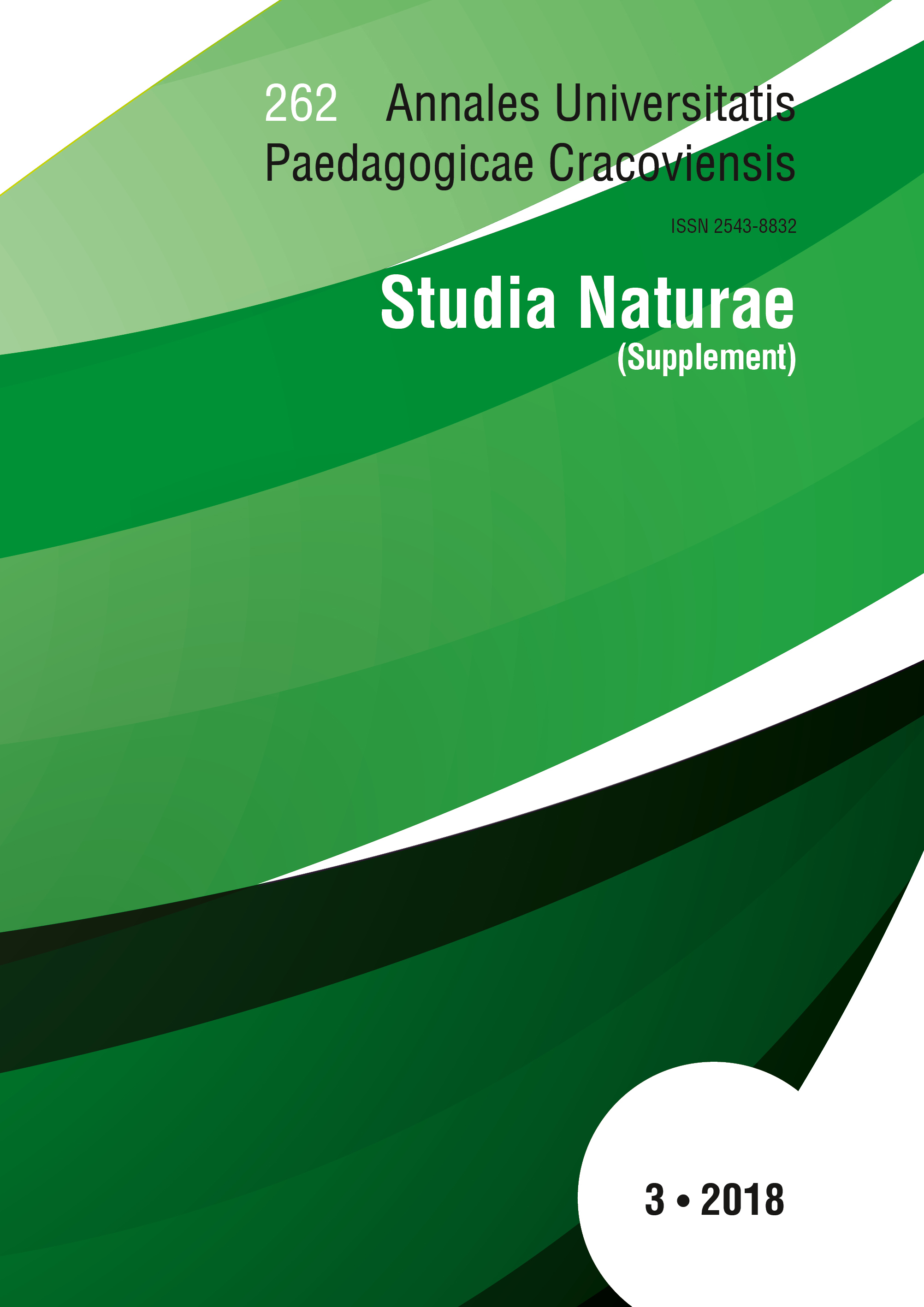Assessing of mouflon biochemical parameters depending on genders
DOI:
https://doi.org/10.24917/25438832.3supp.7Keywords:
biochemical status, female, male, laboratory analyses, mouflonAbstract
The aim of our study was to evaluate the selected biochemical parameters of mouflon depending on gender. For research were used thirty mouflons of both sexes with approximate age in winter season. Blood samples for biochemical analysis were taken from vena jugularis for determination of selected biochemical parameter. Biochemical indicators were measured using the standard automatic analyser. The results of statistical testing of selected biochemical parameters in the experimental group of animals confirmed differences between the genders and at the selected biochemical parameters.
Downloads
Metrics
References
Bazer, F.W., Spencer, T.E., Thatcher, W.W. (2012). Growth and development of the ovine conceptus. Journal of Animal Science, 90(1), 159–170. https://doi.org/10.2527/jas.2011-4180
Ciberej, J. (2013). Hunters zoology and biology. Zvolen: Technical University.
Ciberej, J. (2014). Indents and teeth. Hunting and Fishing, 66, 8–11.
Ciberej, J., Lazar, P., Halász, J. (2010). Game caring and diseases. Zvolen: Technical University. p. 108–222.
Ciuti, S., Pipia, A., Grignolio, S., Ghiandai, F., Apollonio, M. (2009). Space use, habitat selection and activity patterns of female Sardinian mouflon (Ovis orientalis musimon) during the lambing season. European Journal of Wildlife Research, 55(6), 589–595. https://doi.org/10.1007/s10344-009-0279-y
Frojtek, P. (2012). Mouflon from south Moravia, history, management and trophy. Modrý Kameň, 18–26.
Hell, P., Slamečka, J., Gašparík, J. (2008). Fallow deer and mouflon in Slovakia. Bratislava: PaPress.
Kimáková, T., Kuzmová, L., Nevolná, Z., Bencko, V. (2018) Fish and fish products as risk factors of mercury exposure. Annals of agricultural and environmental medicine, 25(3), 488-493. https://doi.org/10.26444/aaem/84934
Krauss, J.G., Nies, D.H. (2014). Ecological Biochemistry, Environmental and Interspecies Interactions. USA: Wiley-Blackwell.
Lehocký, M., Kuric, P. (2007). Management in huntings and breeding of wild game. Zvolen: National Forest Centre.
Sherwood, L., Klandorf H., Yancey, P. (2013). Animal Physiology. From Genes to Organisms. Belmont, USA: CA Brooks/Cole Cengage Learning.

